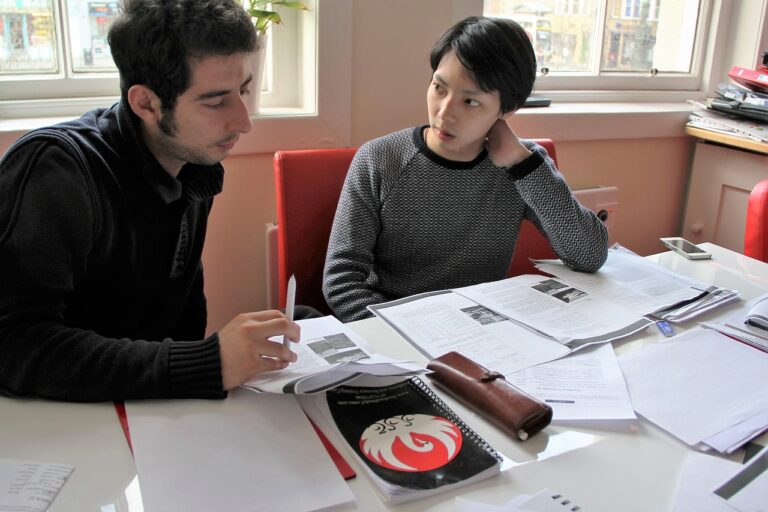Addressing Implicit Bias in College Admissions Diversity Initiatives
Implicit bias can manifest in various forms throughout the college admissions process, impacting the evaluation of applicants in subtle ways. Admission officers may unknowingly harbor biases based on factors such as race, gender, socioeconomic status, or even the prestige of an applicant’s high school. These biases can influence decisions regarding acceptance or rejection, ultimately affecting the composition of the student body.
One common form of implicit bias in college admissions is the tendency to prioritize applicants who come from similar backgrounds or experiences as the decision-makers. This can lead to a lack of diversity within the student body and hinder efforts to create a more inclusive educational environment. Additionally, implicit biases can influence how application materials are interpreted and weighted, potentially disadvantaging certain groups of applicants.
Understanding the Impact of Implicit Bias on Diversity Initiatives
Implicit biases can significantly hinder the success of diversity initiatives within college admissions. These biases are often deeply ingrained and can lead to discriminatory practices that disadvantage certain groups of applicants. When left unaddressed, implicit bias can perpetuate systemic inequalities and limit the representation of marginalized communities in higher education institutions.
Moreover, the impact of implicit bias on diversity initiatives extends beyond individual admissions decisions. It can create a domino effect, influencing the overall composition of student bodies and faculty members. By recognizing and addressing these biases, colleges and universities can promote a more inclusive and equitable environment that reflects the diversity of society at large.
Exploring Strategies to Combat Implicit Bias in Admissions Processes
One effective strategy to combat implicit bias in college admissions processes is the implementation of blind application reviews. By removing identifiable information such as names, genders, and ethnicities from application materials, admissions officers are better equipped to evaluate candidates based solely on their qualifications and achievements. This helps to mitigate the influence of unconscious biases that may inadvertently sway decision-making.
Another approach is to provide implicit bias training for all individuals involved in the admissions process, from application reviewers to interviewers. By raising awareness of potential biases and promoting discussions on how to recognize and overcome them, institutions can work towards creating a more equitable and inclusive admissions process. Training sessions can also include strategies for implementing diversity initiatives and promoting a more diverse student body within the college or university community.
What is implicit bias in college admissions?
Implicit bias in college admissions refers to the unconscious attitudes or stereotypes that influence decision-making processes, often resulting in discriminatory outcomes.
How does implicit bias impact diversity initiatives in higher education?
Implicit bias can hinder diversity initiatives by perpetuating inequities in admissions processes, limiting opportunities for underrepresented populations, and undermining efforts to create more inclusive campus environments.
What are some strategies to combat implicit bias in admissions processes?
Some strategies to combat implicit bias in admissions processes include implementing blind application reviews, providing implicit bias training for admissions staff, utilizing diverse selection committees, and conducting regular audits of admission practices to identify and address bias.
Why is it important to address implicit bias in college admissions?
Addressing implicit bias in college admissions is important because it ensures fair and equitable opportunities for all applicants, promotes diversity and inclusion on college campuses, and helps to create a more supportive and welcoming environment for students from diverse backgrounds.





